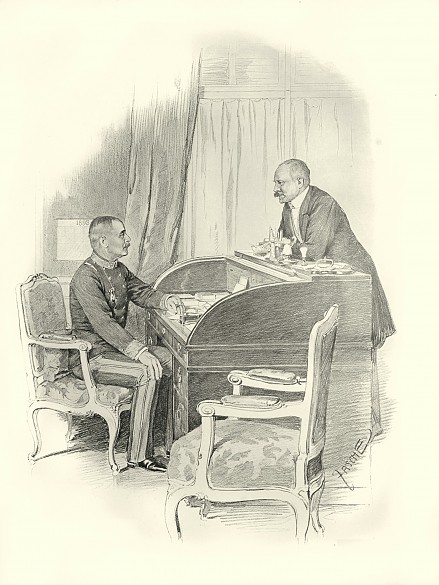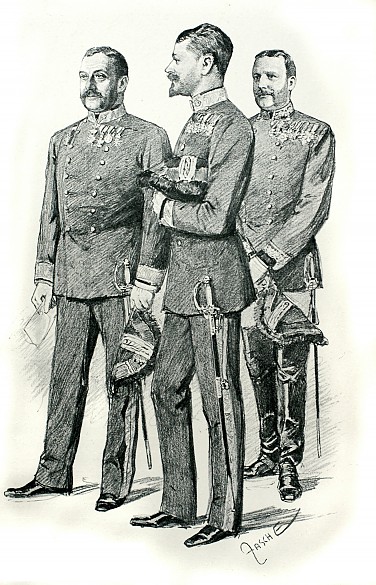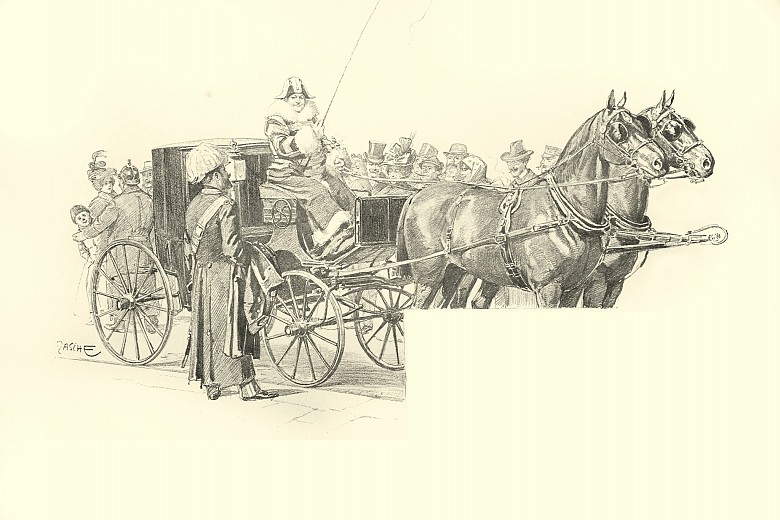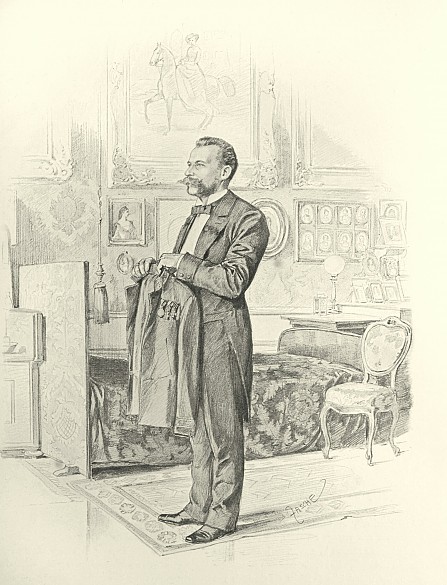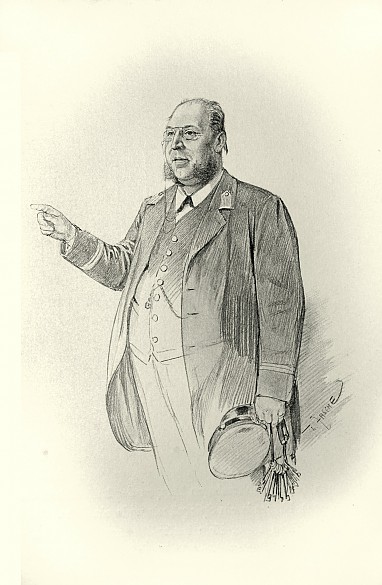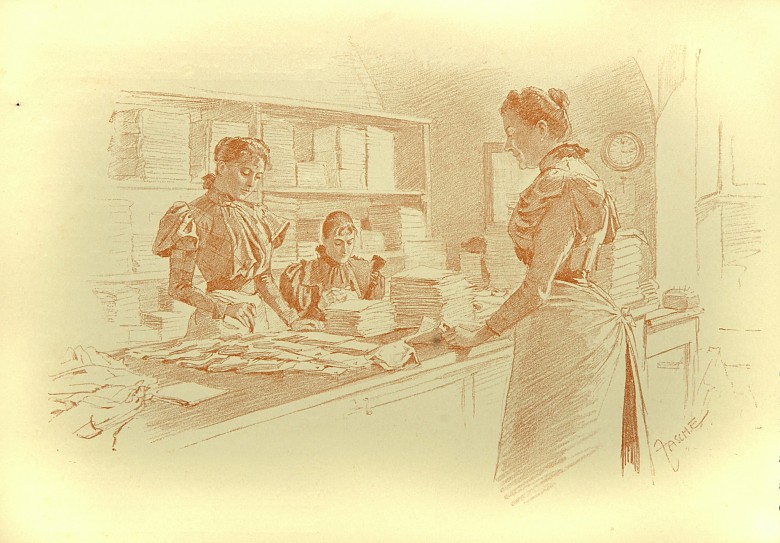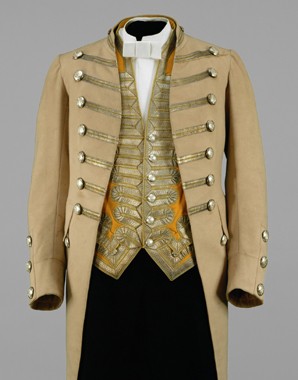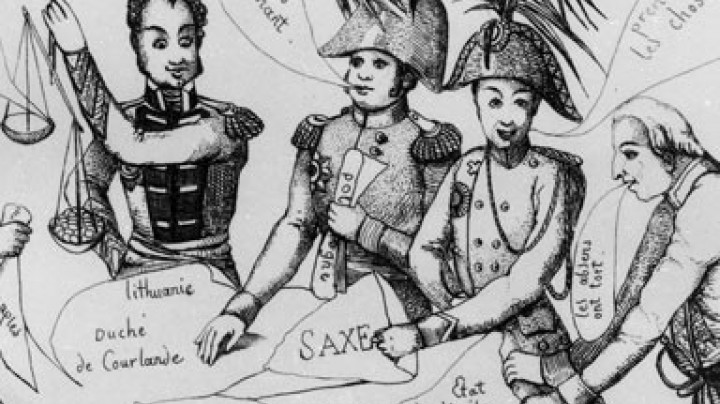Classes for the masses: hierarchies of service at the imperial Court
Title and rank were the be-all and end-all of life at the Court. Here, the oft-cited Viennese obsession with titles found expression in its most extreme form. Each of the court employees, numbering over 2,000, had their fixed place in the hierarchy.
People were decorated with resonant designations, and distinctions were made between titular and purely functional, higher and lower court titles, Court service positions and offices at Court, with meticulous differentiation between the various classes and ranks.
Ascent to a higher service rank was only possible in a series of slow, but steady, stages. It was not so much performance but patience which was the highest virtue. Many years of experience in procedures which could often only be understood from the perspective of tradition, as well as loyalty and discretion, were the key requirements. Self-reliance was not particularly required, for after all, staff were embedded within strict chains of command. This also constituted a kind of protection for the lower ranks, for a misdemeanour was deemed the result of lack of supervision by superiors. However, the most striking feature of imperial personnel policy consisted of its insurmountable social hierarchies.
The fact was that not everyone could gain promotion to the highest level, and there were numerous ‘glass ceilings’; status at birth governed appointment to some posts. A scullion belonged to the royal household just as much as the Oberstküchenmeister (Lord High Steward of the Kitchen), but however industriously he performed his duties, the scullion would never be able to ascend to such a position, for he could not fulfil the status requirement of noble descent and ancestry (‘presentability at Court’).
Indeed the highest – and also the best-paid – posts were the preserve of the senior nobility as noble court titles or ranks. Their exclusivity is expressed in the fact that the eligible candidates had to be counts (German: Graf) or of higher-ranking nobility.
The next ‘caste’ was made up of the court officials, who worked in the administration and did not perform any physical work. They generally possessed a solid legal or commercial training. The highest position for an untitled person at the court was that of Kanzleidirektor as administrative head of the Obersthofmeisteramt (Lord Chamberlain's Department) in the rank of Hofrat (Aulic Councillor).
One level below this were the Hausoffiziere (house officers). These were deployed in functions requiring specialist skilled training as craftsmen. This level of rank also included those whose area of work involved a particularly close association with the monarch, such as the role of Kammerdiener (valet de chambre).
The lowest class was made up of the so-called simple servants, who could be found in all areas of the royal household. They often undertook difficult or monotonous work and were in numerical terms the largest group.
